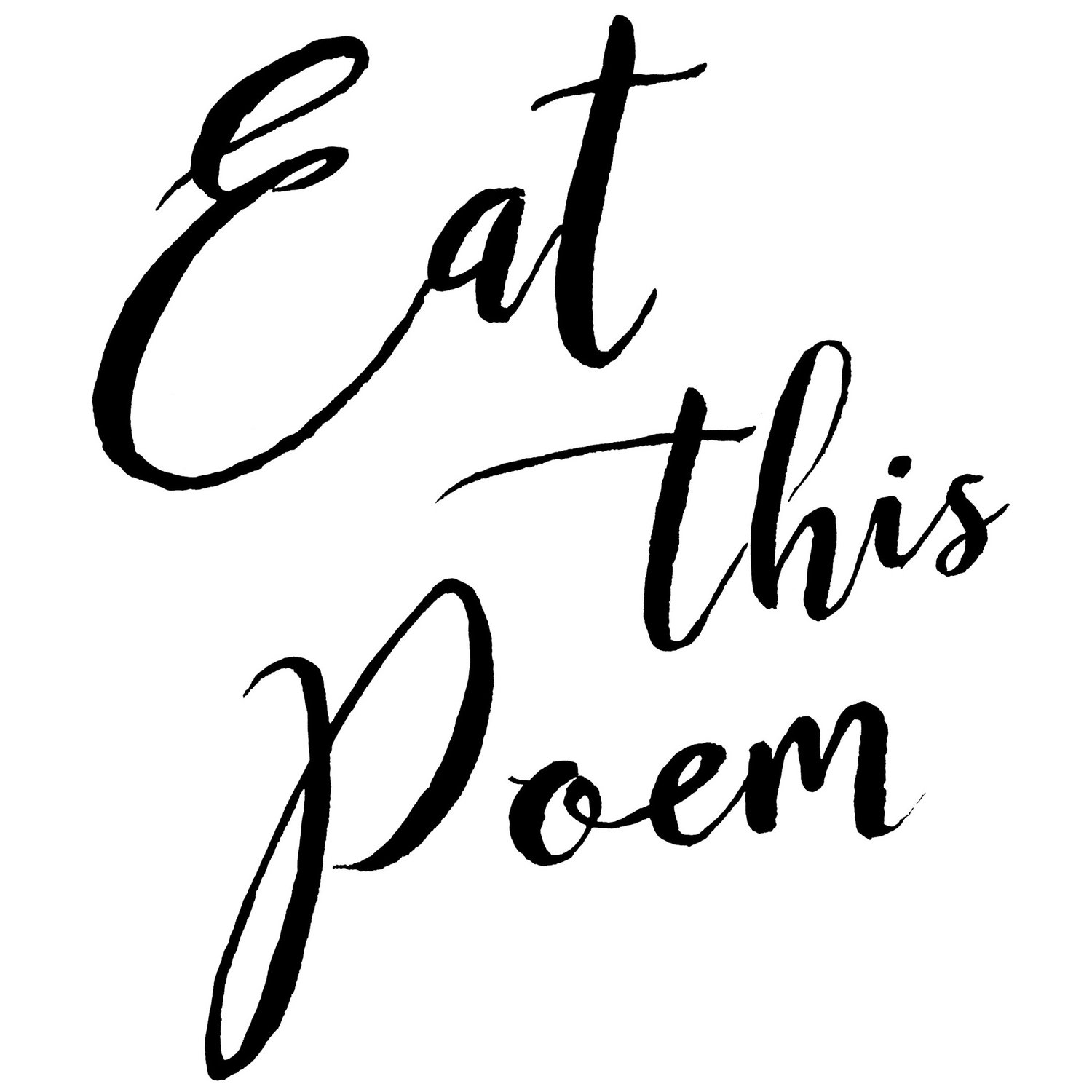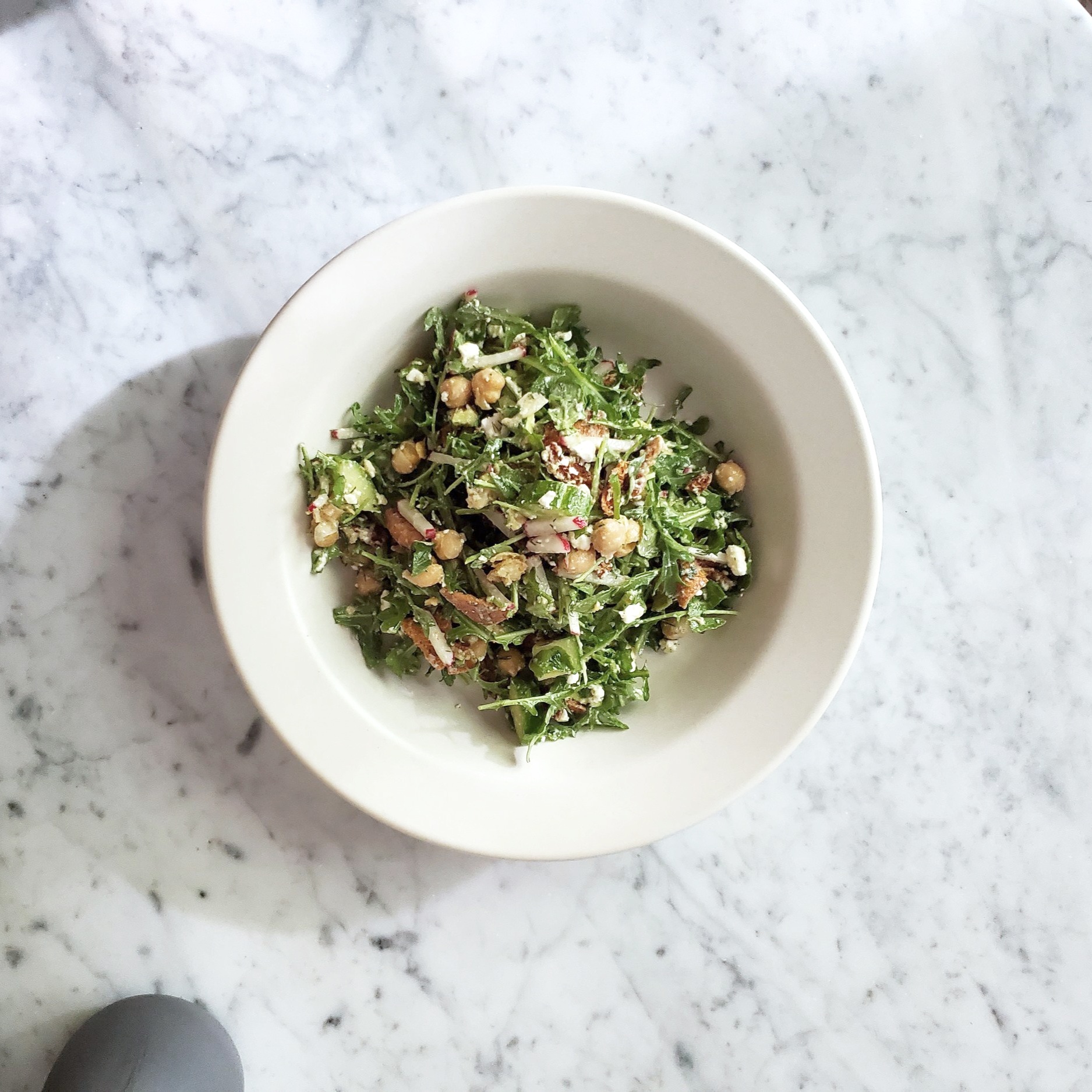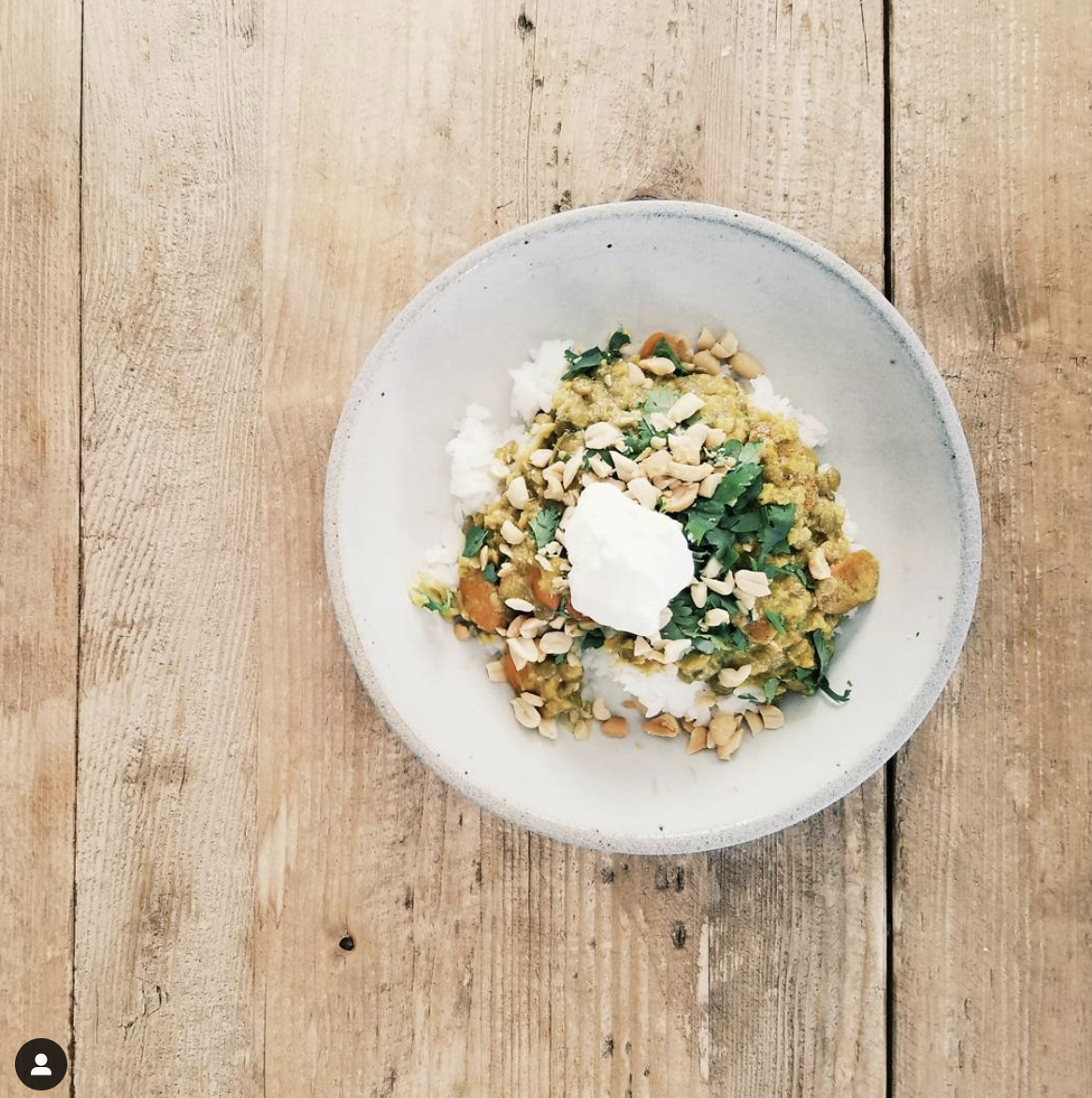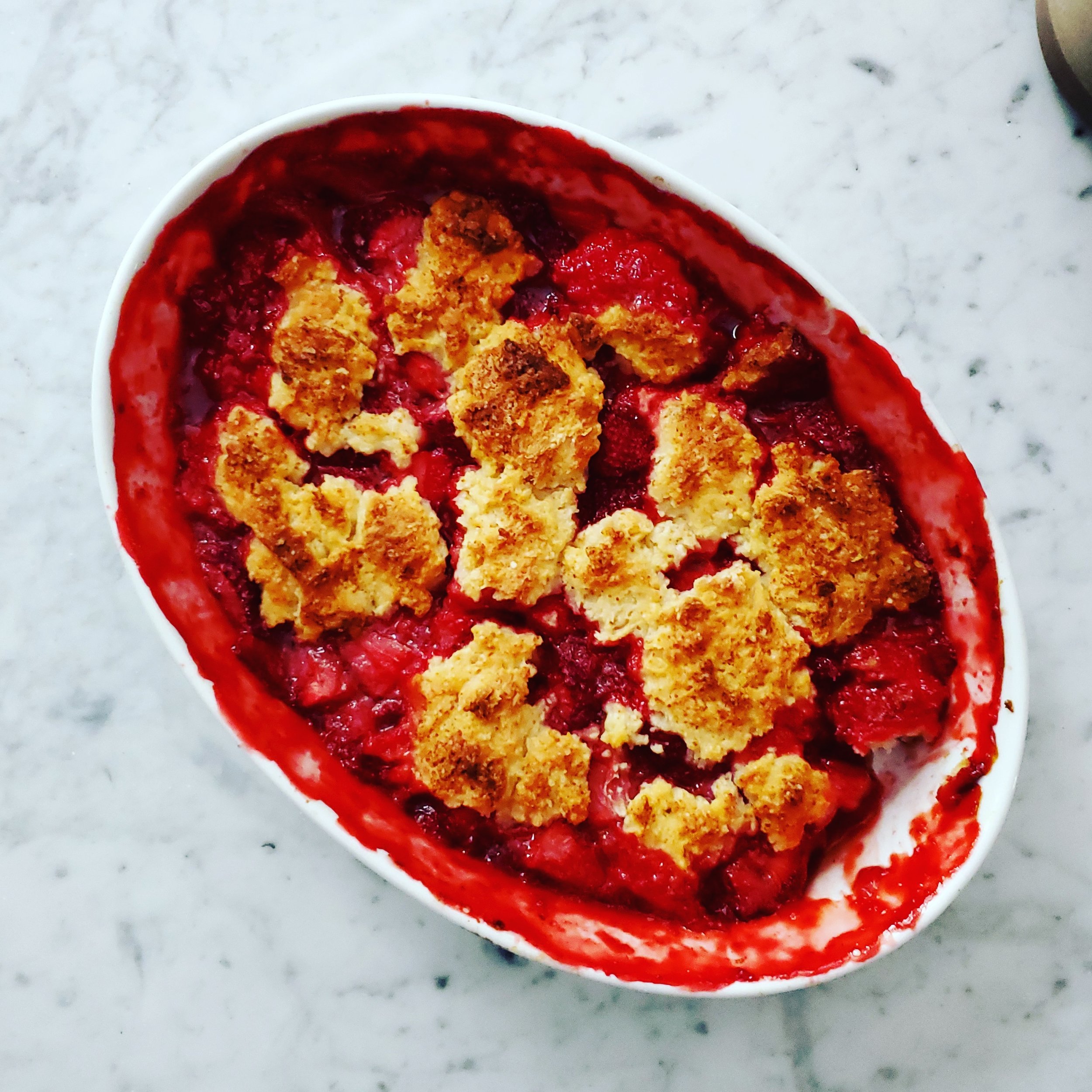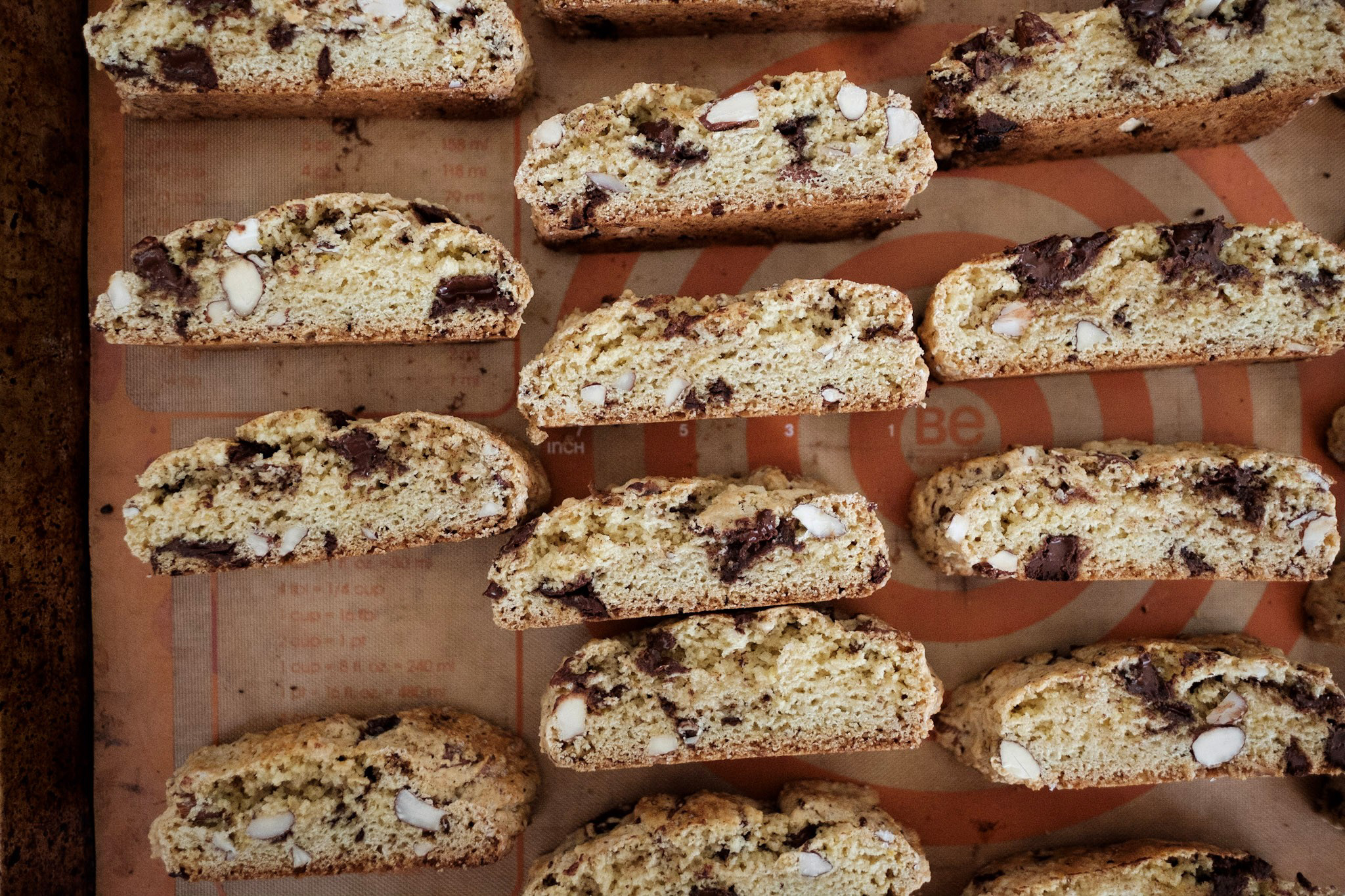Welcome to Cook the Book, an occasional series where I cook my way through books I love and explore how poetry surfaces in the kitchen. This post contains affiliate links, so if you click through and make a purchase, I’ll receive a small commission.
Since this is a new series, I’ll explain how I landed here. When I started EatThisPoem.com in 2012, it was very structured: here’s a poem, here’s some commentary, here’s a recipe to go with it. I still love the format and will be blogging like this sporadically, but I’ve also felt compelled to talk about food and poetry other ways. Specifically, through the lens of whole cookbooks.
This longing was brought on by a recent dry spell in the kitchen. Our cross-country move has opened up space for me to rekindle my love of cooking, and I’ve been getting back into a ritual I sorely missed: reading cookbooks cover to cover, and cooking from them peacefully and quietly.
During the busy promotional months for Eat This Poem in 2017, I zeroed in on one of the cookbook’s key messages: Eat This Poem might be filled with recipes, but it’s narrative is also a call to mindfulness. To that end, there’s a lot of poetry to be found in the kitchen. Paying attention to the small things, like pot stirring or vegetable cutting, is an opportunity to listen in, to meditate briefly, and to both practice the art of releasing control while also being in charge of an outcome, like a recipe. It’s a beautiful thing when we’re able to pay attention, which admittedly isn’t always, but I like to think of this space and the book I wrote as an encouraging call to action on that front. That’s a long way of explaining we’ll be talking about the intersection of poetry and cooking, sometimes without a poem directly involved.
When I was writing my second book throughout 2018—a meditation on the writer’s life—cooking was usually an afterthought. I still planned our meals every week, but didn’t spend a lot of time dog-earing magazine pages or pulling cookbooks from the shelf. I relied on instinct and simplicity, and a small group of recipes I could make over and over with slight variations, and within about thirty minutes after getting home from work.
I was in a season of having to choose one essential activity over another, and writing won out for about nine months. I’ve crossed to the other side now, but when I reflect on that period, red lentil curry immediately comes to mind.
In Julia Turshen’s comforting cookbook, Small Victories, she urges us to embrace the little wins cooking a meal can offer. During a time when that’s about all I could manage, her voice was a welcome one. The recipe for red lentil curry is perhaps the most cooked recipe in the entire collection. In fact, when reaching for the book, it practically opens to page 136 as if on cue, knowing exactly what I’m looking for. Over the years I’ve tried (and loved) many other recipes: pickled onions, chilaquiles with roasted tomato salsa, turkey and ricotta meatballs, a berry cobbler I made with only strawberries even though Julia said not to because strawberries are too watery, and a chopped chickpea salad.
But for a long stretch, curry was all that counted. It was reliable, always worked, required nothing but pantry ingredients and a few fresh additions like ginger and onion, and even went so far as to think about clean-up, advocating for filling up the coconut can with water rather than using a measuring cup.
At first, the small victory was simply that I made dinner. Eventually, I memorized the recipe, and didn’t need to consult the page while I worked. But I often found I wanted the book open, because by then it felt a bit like an old friend. I liked the companionship of seeing a picture of the lentils and double checking that I needed 1 teaspoon of cumin, then rummaging through the cupboard to pull out the rice and other spices.
It was difficult to take my own advice and see the poetry in cooking when life felt so full and draining. I wasn’t always stirring the curry, lost in thought, or looking up from the stove counting my blessings. I was simply filling our bowls so we could eat before getting ready for bed and doing it all over again. But the longer I made this recipe, and the more it lodged itself into my brain, the more I moved through the kitchen with an ease. I already knew the outcome. Instead of having to think about measurements, I could think about the day, let loose anything I needed to release, and find contentment in knowing that although it’s the same recipe we’ve had week over week, it’s still something from scratch, and that enjoying a humble dish of red lentils truly is a small victory.
Curried Red Lentils With Coconut Milk
This is a very flexible recipe, especially if you have extra vegetables wilting in the crisper drawer. I often add chopped carrots to the pot, or a handful of spinach.
Recipe ever so slightly adapted from Small Victories: Recipes, Advice + Hundreds of Ideas for Home-Cooking Triumphs by Julia Turshen
Ingredients
3 tablespoons extra virgin olive oil
1 tablespoon minced peeled fresh ginger
2 garlic cloves
¼ of an onion, minced
½ teaspoon ground coriander
1 teaspoon ground cumin
1 teaspoon ground turmeric
1 cup split red lentils, rinsed
1 can full-fat coconut milk, shaken
Sea salt
For serving: Cooked basmati rice, chopped cilantro, plain yogurt, and chopped peanuts
Instructions
Warm the olive oil in a large saucepan over medium heat. Add the ginger, garlic, onion, coriander, cumin, and turmeric and cook, stirring occasionally, until the vegetables are softened and the spices are fragrant, about 10 minutes. Add the lentils, coconut milk, and 2 teaspoons salt. Fill the empty coconut can with water and add that to the saucepan. Stir the pot, then bring the curry to a boil. Reduce heat to low and let the lentils simmer, stirring occasionally, until tender, about 20 minutes. Season to taste with additional salt, if needed.
Serve over hot rice and top with chopped cilantro, a dollop of yogurt, and a sprinkle of chopped peanuts.
